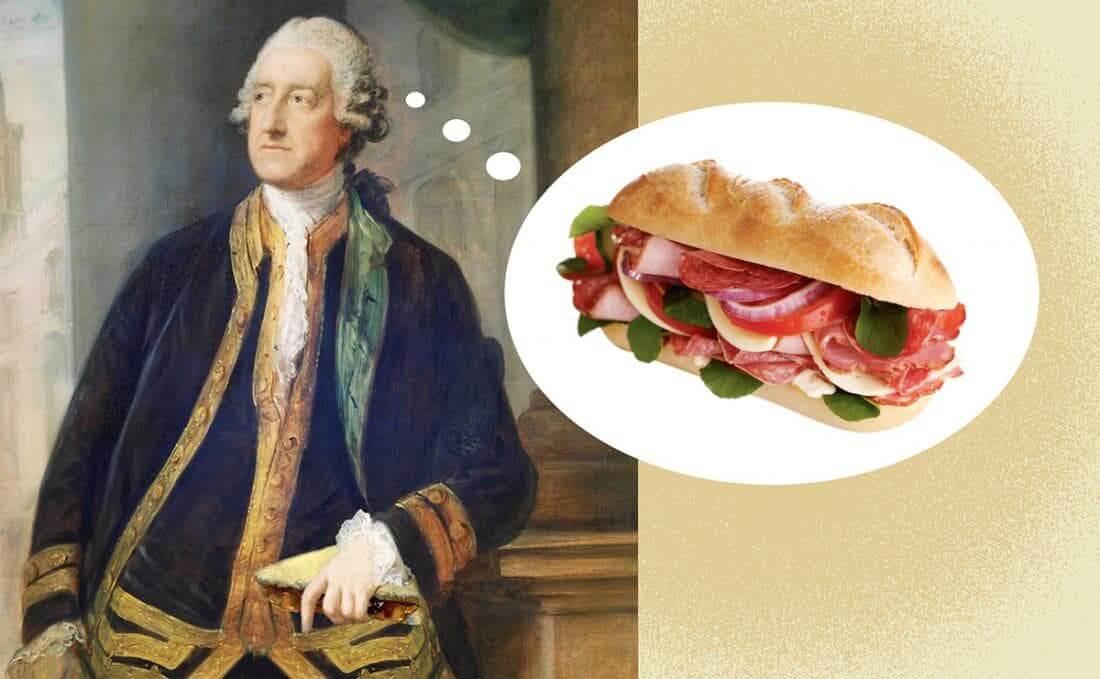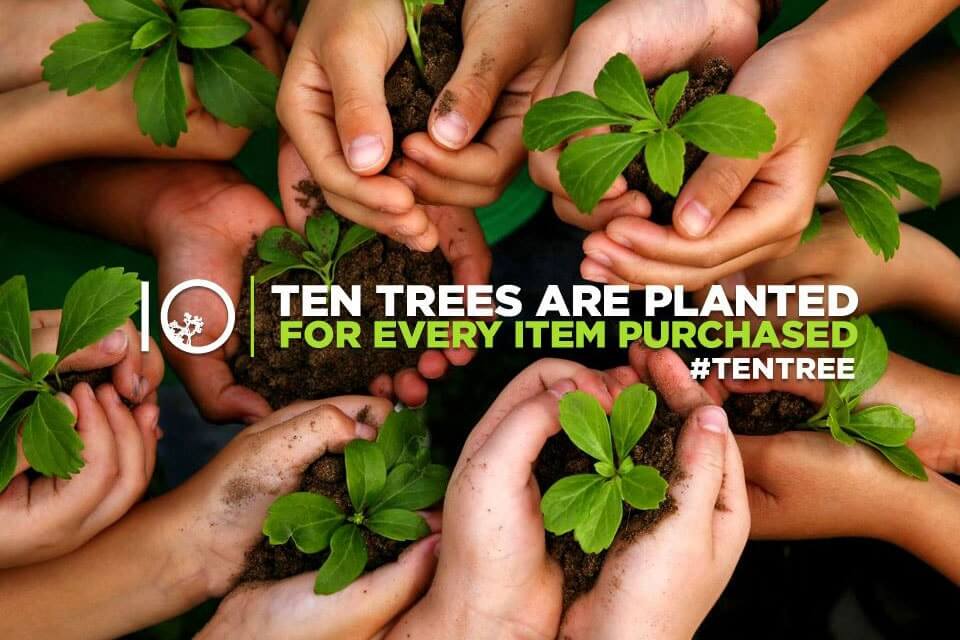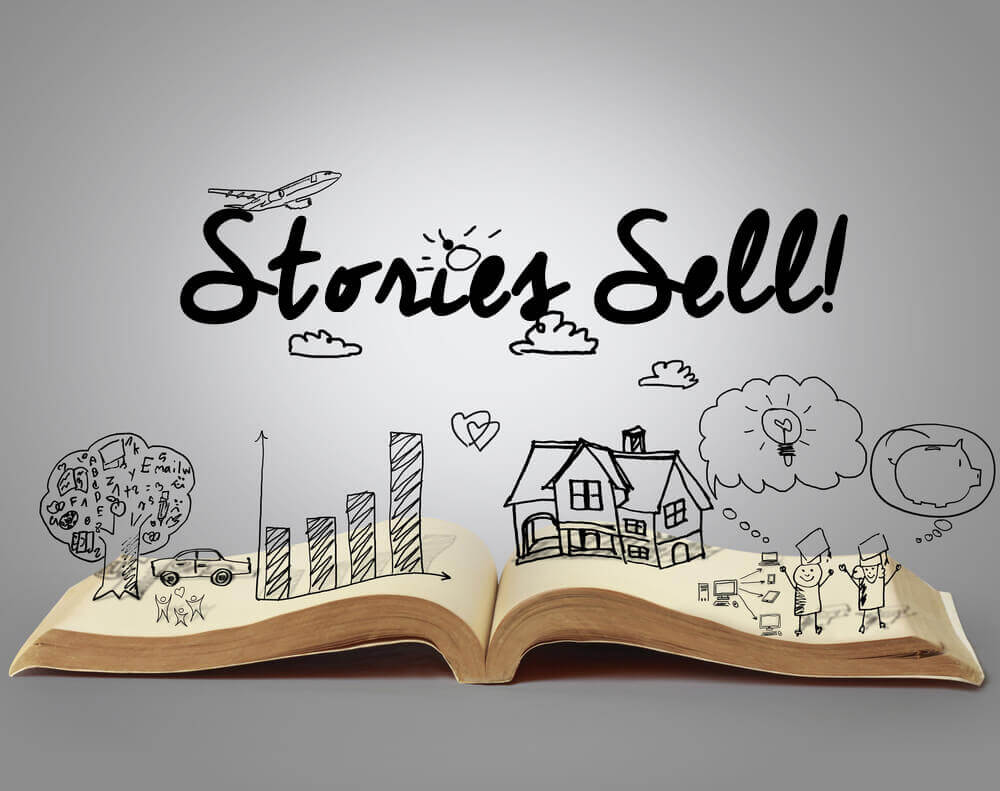In 1748, the British politician and aristocrat John Montagu, the 4th Earl of Sandwich, spent a lot of his free time playing cards. He really liked eating a snack and playing cards at the same time, but that was very hard to manage.

So he came up with the idea to eat beef between slices of toast, which would allow him to finally eat and play cards at the same time. That’s how a “sandwich,” the name for two slices of bread with meat in between, was invented and became one of the most popular meal inventions in the western world.
What is storytelling?
“Stories have power. They delight, enchant, touch, teach, recall, inspire, motivate, challenge. They help us understand. They imprint a picture on our minds. Want to make a point or raise an issue? Tell a story.” — Janet Litherland
Now you know how sandwich was invented. Most probably you will remember it for a long time. Why? That’s how our brain works. There are many studies proving it. But let’s go the easiest path. How often do you read books, watch movies, or share some story with your friends? I guess, every day, right? So that’s a part of your life. This way you communicate, explore, learn, etc.That’s what captures you. At some point, you start to visualize the events told.
Storytelling is a form of communication that stimulates imagination and builds a sense of community between tellers and listeners.
Stories are everywhere. Everyday conversation is full of anecdotes and real-life stories. What makes them different from each other is how good they are, in other words, how engaged listeners feel. Older stories are the product of a community experience. People of all ages, backgrounds, and cultures can communicate through storytelling. Storytelling is also a valuable tool in education, language development, therapy, and in building racial equality and religious respect.
How does it work?
In case of the ordinary Powerpoint presentation with bulleted lists, only language processing parts of the brain work decoding words into meaning. Things are very different when we are being told a story. Apart from the language-processing areas, any other part of the brain we use when experiencing the events of the story is activated.
A story can put your whole brain to work. Moreover, telling about our success can impact the listeners’ life greatly.
Still, why does this format of a story have such an impact on us? Here events turn around one after another. That‘s what suits us as if a story is broken into the simplest form of cause and effect connection, that is exactly how we think. We live with it every day when going to the shop or meeting a friend. There is a story for each action in our head.
Now when someone’s telling us a story, our brain searches for such experience and releases a certain emotion we previously had. Our memory keeps such stories much longer.
Best storytelling formats
As the time went by, the way stories were presented has changed dramatically. Stories can be told using different methods, from words and letters to sounds, pictures, and even the teller’s and listeners’ bodies.
#1. Storytelling with movement
Stories that involve movement give an opportunity for the listeners to physically participate. People can make some sounds in order to revive the story. Think of dinner mystery parties where guests playing roles in a story or video games where gamers create their own story.
#2. Recorded stories
This method helps listeners or readers to develop their own mental images. Think of reading novels in your favorite chair or listening to audiobooks on a walk.
#3. Storytelling using images or sounds
This one is made of a combination of story and pictures, sounds or videos. Think of comic books, TV shows or movies. I know you like it!
#4. Verbal storytelling
Oral stories are those told to an audience by the speaker. It is the most used method. Think of stories about your free time told in front of your co-workers or friends. This list is endless.
Storytelling examples
A story has the power to provide knowledge on how to act as well as inspiration. There are 3 story plots that inspire us to act:
- Challenge plot
- Connection plot
- Creative plot
Let’s see how brands use them to get great marketing.
-
Challenge plot: overcoming a great difficulty
Greats – directly to customers

Working in the shoe industry for a long time the founders of Greatly realized that it is way better to sell to the customers directly for less price in less time. They received great results attracting a huge audience with a low budget. Here is their story: https://www.youtube.com/watch?time_continue=1&v=0f56o1Kls3I
-
Connection plot: coming together
tentree – Saving the world with every ten trees

tentree builds a connection between people and nature. They plant 10 trees in places like Madagascar each time anyone makes a purchase with them. There is a flag for each buyer that marks the specific trees planted. It makes the world better in every sense.
-
Creative plot: a new way of seeing things
GoPro – your adventurous life

They changed the way people saw a simple video recording. The main idea is to see a person as a hero while he or she goes after the passion and lives to the fullest.
The HERO Camera with a “Be a hero” slogan has turned into a success and started an amazing journey of this brand.
The secret to great storytelling
So, how do you go about constructing a story? There are some easy steps to follow to get started. The first step would be a quick round of questions: Who is the audience? What goal do you have? There might be a lot of others as it really depends on the situation.
Below are some key tips when you’re coming up with stories for your brand.
Seven Tips for Storytelling

#1. Stories are about people
A connection is valuable, so make sure you focus your story on the real-life characters of your story. Human beings are always driving action for any brand in any sphere. So focus on the people involved.
#2. Let your characters speak for themselves
An important part of storytelling is making the story personable and relatable. When characters speak to each other in a story, it gives more authenticity and realism.
#3. Keep people interested
Let’s face it: these days, our attention is spread out among so many things that it’s very important to get people engaged: make them wonder “what happens next?” or “how is this going to turn out?”
#4. Stories stir up emotions
Humans want to know what they are interested in, not otherwise. Stories need to provoke emotions to break through the white noise of information that continuously grows and to deliver the message: this is worth your attention.
#5. Keep it simple
Stories have to be shown in the minimum possible number of words. They should tend to contain meaning better than form. And don’t you forget the simpler you go, the more audience you will get.
#6. Give the clear meaning
At the end of the story, your audience should know exactly why they took this journey with you.
#7. Know your goal
You should figure out from the beginning what feelings you want to cause, what your audience should remember. Make sure you know what message you want your audience to go away with, so that the story you’ve told is one your audience can retell, too.
Conclusion
What’s the secret to telling a great story? Step out from the background, get ahead of the numbers, and put a name, face, and some personality behind your effort and you will see increased engagement. Harness the power of the personal. People forget facts, but they never forget a great story. So make your brand unforgettable!



